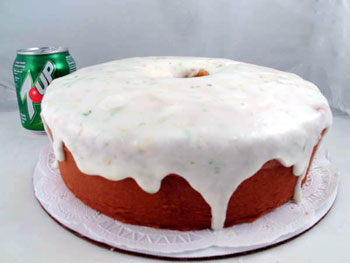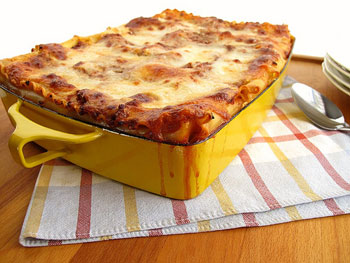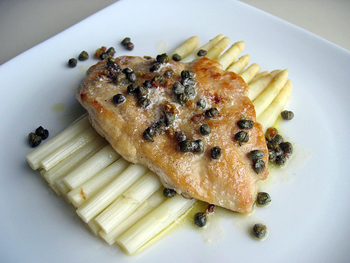 Years ago, when I was living on Beacon Street in Boston’s Back Bay, I was invited to a rooftop barbecue by my neighbor. Everyone was bringing something, so I thought a pound cake with fresh strawberries would be nice. It was a great party, and the host, who was raised in North Carolina, prepared an elaborate feast of primarily Southern Cuisine – ribs, chicken, baked beans, succotash, corn bread, etc.
Years ago, when I was living on Beacon Street in Boston’s Back Bay, I was invited to a rooftop barbecue by my neighbor. Everyone was bringing something, so I thought a pound cake with fresh strawberries would be nice. It was a great party, and the host, who was raised in North Carolina, prepared an elaborate feast of primarily Southern Cuisine – ribs, chicken, baked beans, succotash, corn bread, etc.
When it came time for dessert, everyone seemed to enjoy the pound cake and berries and I asked our host if he liked the cake. He said it was good and asked if I made it with 7UP. When I said that I had NOT, he replied, “then this is pound cake’s cousin – a real pound cake has 7UP in it!” When I saw this recipe in the Summer Entertaining issue of Cook’s Illustrated, I decided to try it. It’s a great buttery cake with a delicious lemon-lime flavor. I guess my neighbor knew what he was talking about!


 Have you opened your freezer lately? I bet it's completely full just like mine. And how about the pantry? In the freezer I had a package of peas and sliced pancetta leftover from this
Have you opened your freezer lately? I bet it's completely full just like mine. And how about the pantry? In the freezer I had a package of peas and sliced pancetta leftover from this  For this recipe I defrosted two chicken breast halves overnight. And with a jar of capers from the pantry, I thought I'd make a simple chicken piccata. I chose to use one of my favorite flours, Wondra. It
gives such a unique coating to meats when pan fried. It's usually used
for making gravies because it dissolves instantly without forming
lumps, but as the name implies, it works wonders on just about anything.
For this recipe I defrosted two chicken breast halves overnight. And with a jar of capers from the pantry, I thought I'd make a simple chicken piccata. I chose to use one of my favorite flours, Wondra. It
gives such a unique coating to meats when pan fried. It's usually used
for making gravies because it dissolves instantly without forming
lumps, but as the name implies, it works wonders on just about anything. My house has been overrun with hungry kids lately (and I like it that way). I don’t mind it at all but there better be something coming out of the oven at all times. Can you imagine the look on a gaggle of teen’s faces when you pull out a tray of freshly baked doughnuts? Yep, it’s as priceless as you can imagine.
My house has been overrun with hungry kids lately (and I like it that way). I don’t mind it at all but there better be something coming out of the oven at all times. Can you imagine the look on a gaggle of teen’s faces when you pull out a tray of freshly baked doughnuts? Yep, it’s as priceless as you can imagine.
